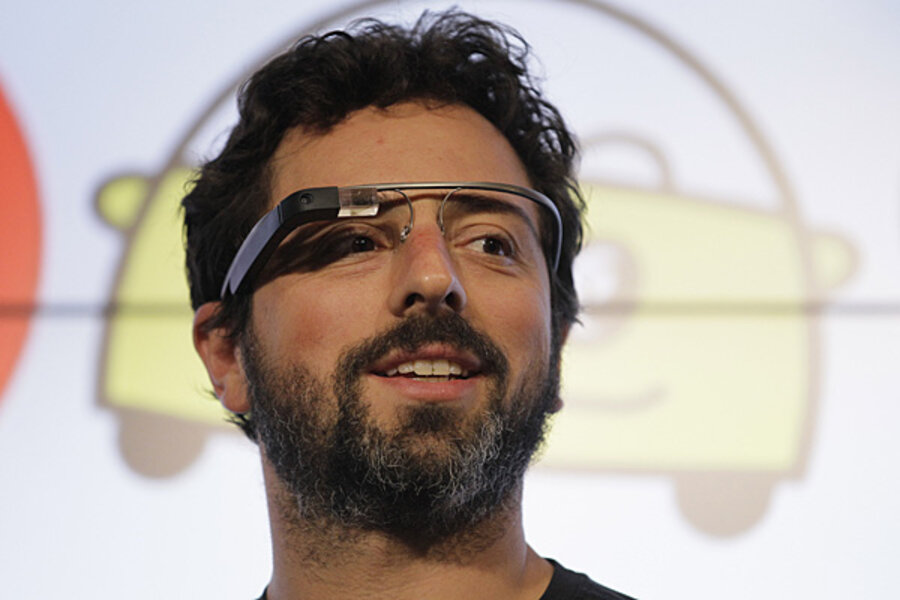The ultimate cruise control: California OKs driverless cars
Google began testing autonomous vehicles on California roads in 2009. Now, it can do so legally: yesterday afternoon, Governor Jerry Brown signed SB 1298, which officially allows self-drivingcars on public thoroughfares.
As Mashable points out, Google hasn't technically broken any California laws over the past three years, since the state doesn't require vehicles to have drivers. That's because when those laws were written, autonomous vehicles were as far-fetched as email and smartphones. Now that self-driving cars are a real "thing", however, Google and legislators like California State Senator Alex Padilla are doing the sensible thing and laying out some ground rules.
History
Google's autonomous car program is headed up by Sebastian Thrun, who led a Stanford team to victory in the 2005 DARPA Grand Challenge with a self-driving vehicle that traveled 132 miles across the desert. The program began as a partnership with Google Maps, allowing autonomous vehicles to help gather information for Google Street View.
To date, Google has racked up over 300,000 miles in its autonomous vehicles. Those vehicles have been involved in very few accidents, and to the best of our knowledge, accidents have only occurred when human drivers were in control of the car (or when other drivers have rear-ended Google's vehicle).
In the summer of 2011, Nevada became the first state to allow autonomous vehicles on its roads, and Google debuted America's very first autonomous vehicle license plate the following spring.
In April of 2012, Florida joined the autonomous car ranks, when CS/HB 1207 unanimously passed both houses of the state legislature. That said, the bill wasn't without its critics: in fact, some tried -- unsuccessfully -- to turn autonomous vehicles into self-driving boogeymen to scare elderly voters.
California makes three, with Hawaii, New Jersey, Oklahoma, and Washington, D.C. set to become numbers four through seven on the list of states to allow self-driving vehicles on public roads.
Our take
Autonomous vehicles are coming, whether we like it or not. Railing against them is futile: the genie is long out of the bottle.
Even now -- years before fully self-driving vehicles arrive -- autonomous technology is showing up in bits and pieces. That technology includes adaptive cruise control, collision avoidance, automatic braking, and other safety systems, which are key features on self-driving vehicles.
Autonomous technology stands to make roads safer, reducing accidents and auto fatality rates. The benefits increase exponentially as the technology rolls out to massive numbers of vehicles and roadway infrastructure, allowing cars, stop lights, and an array of sensors to "talk" to one another. Our vehicles will "see" accidents and other obstacles before we do, cutting the number of collisions and helping us get from Point A to Point B more safely.
In the same vein, autonomous vehicles also help improve efficiency. By gauging traffic flow, our cars will be able to route us to alternative transit routes. And by using "road train" technology like Volvo's SARTRE system, we'll even be able to move faster on freeways.
And let's not forget the millions of people who are unable to drive because of blindness or other handicaps. Autonomous vehicles will allow them a far greater degree of independence.
However, it's not all rainbows and unicorns in the land of self-driving cars. There are still a lot of details to work out and questions to answer -- questions we might not have considered yet.
Apart from privacy issues, there's the question of fault. At a press event, Google's Sergey Brin was asked who's to blame when an autonomous vehicle runs a red light. Brin's response? "Self-driving cars do not run red lights."
Right. And HAL 9000 would never do anything to harm the crew of Discovery One. (Yes, we know that HAL 9000 is a fictitious character, but the same rules apply: denying the possibility of a problem isn't the same as solving it.)
Live in California? Are you happy about the possibility of seeing autonomous vehicles on your streets? Drop us a line, or leave a note in the comments below.







